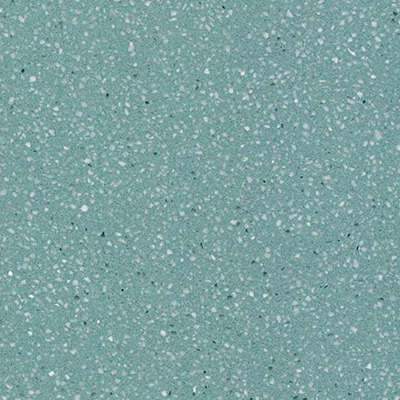|
In the world of interior design and architecture, terrazzo tiles have emerged as a trendy and durable flooring option. But what exactly determines the price of these stylish tiles?

Raw Materials and Quality
The quality of the raw materials used in terrazzo tiles significantly impacts the price. High-grade marble chips, quartz, or granite aggregates will result in a more luxurious and costly tile. Premium binders and pigments also add to the expense, ensuring vibrant colors and long-lasting durability. Tiles with a higher percentage of fine aggregates and carefully selected materials will command a higher price tag, as they offer enhanced aesthetics and performance.
Manufacturing Process Complexity
The complexity of the manufacturing process plays a crucial role in pricing. Handmade terrazzo tiles, which involve intricate artisanal work, are generally more expensive than machine-made ones. The precision and craftsmanship required to create unique patterns and finishes, such as polished or honed surfaces, increase the production cost. Tiles with special inlays or custom designs will also be priced higher due to the additional labor and skill involved.
Size and Thickness Variations
Larger and thicker terrazzo tiles tend to be pricier. Bigger tiles require more raw materials and are more challenging to handle during production and installation. Thicker tiles offer greater durability and are suitable for high-traffic areas, but they also cost more to manufacture. On the other hand, smaller mosaic-style terrazzo tiles, while often less expensive per unit, may require more labor for installation, affecting the overall cost.
Brand and Market Positioning
Established brands with a reputation for quality and design innovation usually price their terrazzo tiles at a premium. These brands invest in research and development, quality control, and marketing, which are reflected in the price. However, they also offer the assurance of consistent quality and design trends. Lesser-known brands or generic terrazzo tiles may be more budget-friendly, but buyers should carefully assess the quality and performance before making a purchase.
Market Trends and Demand
Current market trends and demand for terrazzo tiles can influence prices. If terrazzo is in high demand, prices may increase. Design trends that favor specific colors, patterns, or finishes can also impact the cost. For example, rare or trendy color combinations may be more expensive. Additionally, regional differences in demand and availability can lead to price variations across different markets.
In conclusion, the price of terrazzo tiles is a combination of multiple factors, from raw material quality to manufacturing complexity and brand reputation. When choosing terrazzo tiles for your project, it's essential to balance your budget with your desired aesthetic and performance requirements to make an informed decision that adds value and style to your space.
|